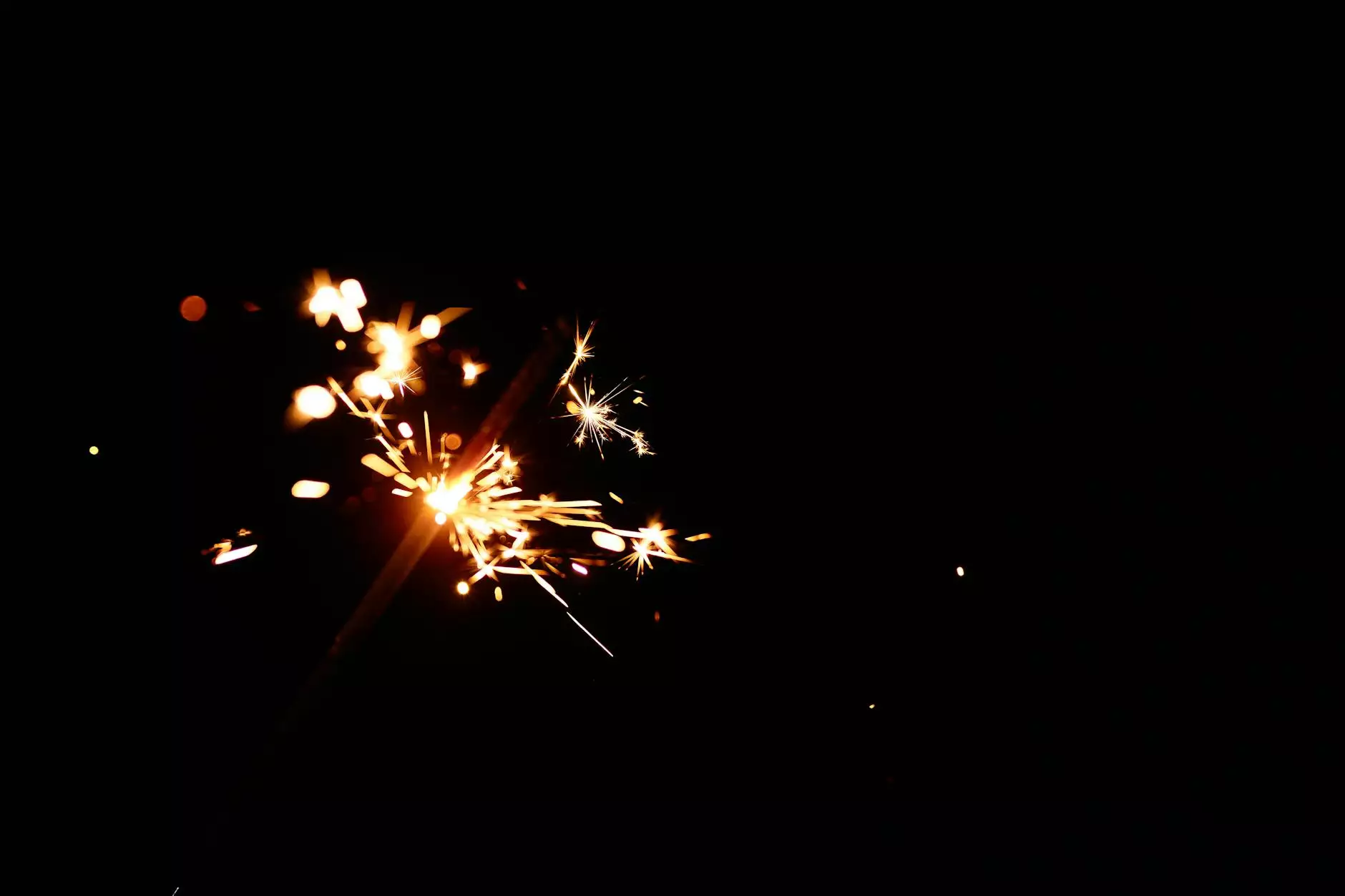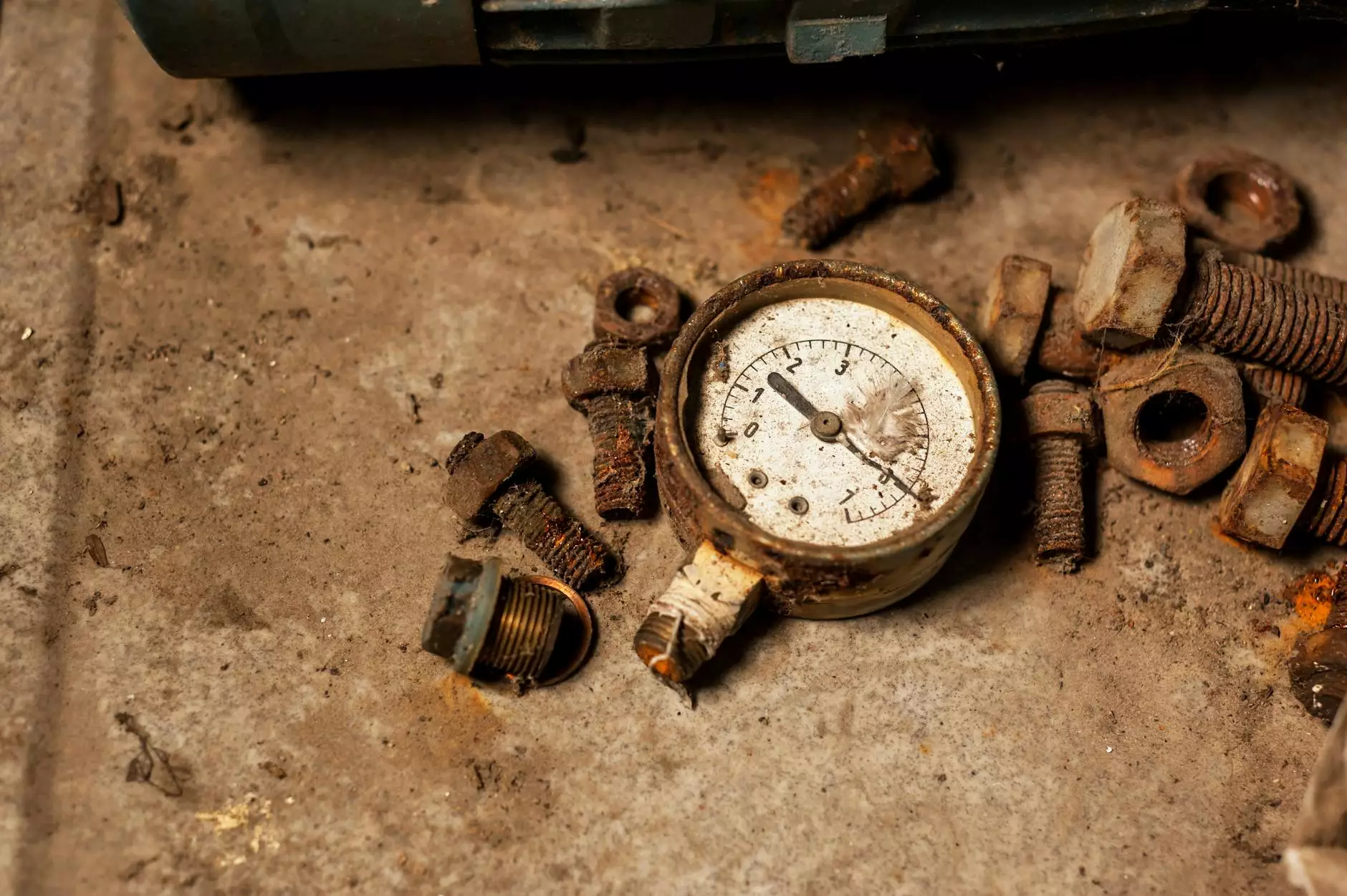Mardi Himal Trek Cost: A Comprehensive Guide

The Mardi Himal Trek is one of the most spectacular trekking routes in the Annapurna region of Nepal, captivating adventurers with its breathtaking views and rich cultural experiences. Before you embark on this unforgettable journey, it's essential to understand various factors influencing the mardi himal trek cost. This article aims to provide you with a detailed breakdown of the expenses involved in the Mardi Himal trek and how to prepare effectively for your adventure.
1. Overview of the Mardi Himal Trek
The Mardi Himal Trek is a relatively new trekking route that offers a more tranquil experience compared to other popular trails in the Annapurna region. The trek takes you through beautiful rhododendron forests, charming villages, and ultimately leads to the stunning base camp situated at the foot of Mardi Himal. As you ascend, you will be rewarded with panoramic views of the Annapurna Massif, including Annapurna I, II, and III, and Machapuchare (Fishtail Peak).
2. Factors Affecting the Mardi Himal Trek Cost
When planning your trek, several factors will determine the overall cost. Understanding these elements can help you budget effectively.
2.1. Duration of the Trek
The standard duration for the Mardi Himal Trek is approximately 5 to 7 days, depending on your starting point and itinerary. Longer treks will naturally incur higher costs due to additional days for accommodations, meals, and permits.
2.2. Accommodation Choices
Accommodation options vary significantly along the trail. Choices include:
- Teahouses: Basic lodges providing meals and rooms.
- Guesthouses: Mid-range options with better facilities.
- Camping: Organizing a full camping experience can increase costs significantly due to gear rental and staff fees.
Most trekkers opt for teahouses, balancing comfort and cost.
2.3. Meal Expenses
Dining choices along the trek range from local cuisine to international fare. Daily food costs usually amount to about $15 to $30 per day. Here are typical meal prices:
- Breakfast: $5 - $10
- Lunch: $5 - $10
- Dinner: $6 - $15
2.4. Permits and Fees
To trek in this region, you will need the following permits:
- Annapurna Conservation Area Permit (ACAP): Approx. $30
- Trekking Information Management System (TIMS) Card: Approx. $10
Ensure that you acquire these permits before starting your trek.
2.5. Guide and Porter Services
Hiring a guide and/or porter is a wise decision, especially for first-time trekkers. Costs for these services vary based on experience and negotiation. Expect to pay:
- Guide: $25 - $30 per day
- Porter: $15 - $20 per day
3. Detailed Cost Breakdown of Mardi Himal Trek
Now that we've covered the key factors let’s break down the overall costs for a 6-day trek:
- Accommodation: $60 - $180 (Assuming $10 - $30 per night)
- Meals: $90 - $180 (Assuming $15 - $30 per day)
- Permits: $40 (ACAP + TIMS)
- Guide (optional): $200 (for 6 days)
- Porter (optional): $120 (for 6 days)
- Transportation (to/from Pokhara): $30 - $60
Total Estimated Cost: Approximately $550 - $870 (without guide and porter)
If you include the guide and porter, your total would range around $870 to $1150.
4. Planning Your Mardi Himal Trek
Planning a successful trek goes beyond understanding costs. Here are vital considerations for your journey.
4.1. Best Time to Trek
The ideal months for the Mardi Himal Trek are March to May and September to November. These months offer stable weather, clear skies, and lush landscapes, enhancing your trekking experience.
4.2. Physical Preparation
While the Mardi Himal Trek is accessible to most trekkers, proper physical preparation is crucial. Incorporate cardio, strength training, and endurance activities into your routine at least a few months in advance.
4.3. Essential Packing List
A comprehensive packing list is key to a successful trek. Here are essential items to include:
- Backpack: A comfortable backpack to carry your gear.
- Clothing: Layers including thermal wear, moisture-wicking shirts, and a waterproof jacket.
- Footwear: Sturdy trekking boots and comfortable trekking socks.
- Sleeping bag: For camping (if you choose that option).
- Personal items: Toiletries, first aid kit, sunscreen, and insect repellent.
5. Why Choose Peace Nepal Treks
When planning your Mardi Himal Trek, choosing a reputable travel agent is crucial, and Peace Nepal Treks stands out for several reasons:
- Experienced Guides: We offer knowledgeable guides who ensure your safety and enhance your experience.
- Customizable Itineraries: Tailored itineraries that cater to your preferences and trekking pace.
- Sustainable Tourism Practices: Commitment to preserving the environment and supporting local communities.
- Transparent Pricing: Clear breakdowns of all costs without hidden fees.
6. Conclusion
In summary, the mardi himal trek cost depends on various factors, including duration, accommodation, meals, and guide services. By understanding these aspects and planning effectively, you can enjoy a memorable trekking adventure in the majestic Himalayas without breaking the bank.
For personalized assistance with your Mardi Himal Trek, contact Peace Nepal Treks. Our dedicated team is here to help you every step of the way, ensuring a smooth and enjoyable trekking experience.









